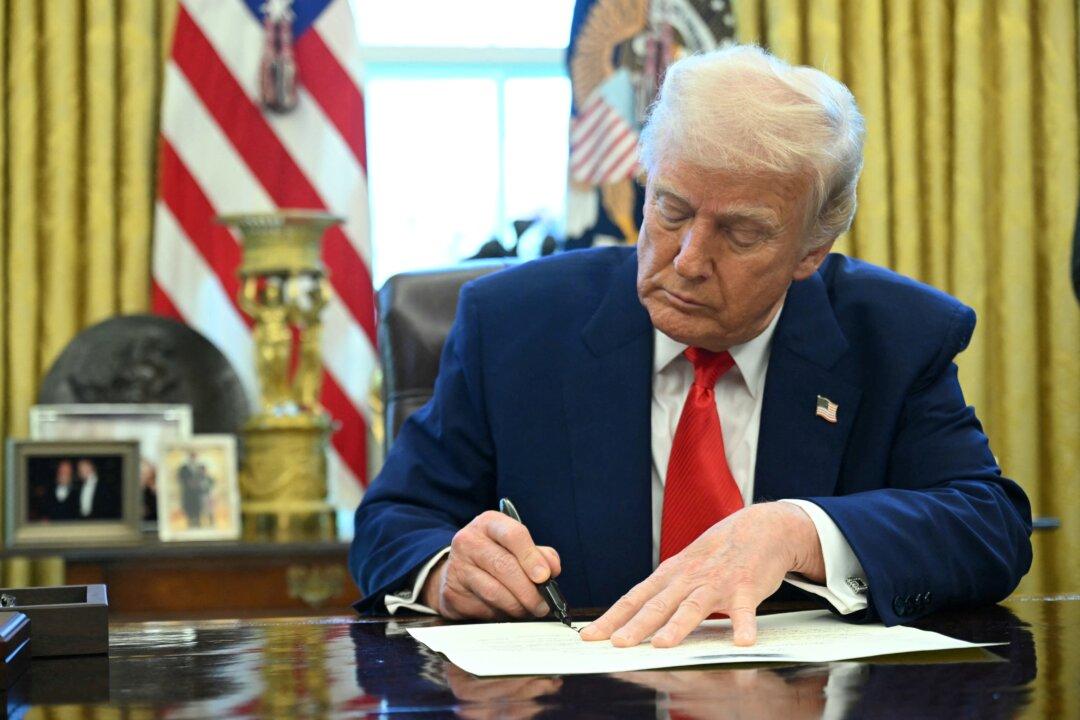Sri Lanka is considering purchasing solar panels through a credit line from India and China to offset rising electricity tariffs, Power and Energy Minister Kanchana Wijesekara said on Tuesday.
The Sri Lankan government raised electricity tariffs by 75 percent in August, the first increase in nine years, triggering protest among local Buddhist clergy who were struggling to pay their electricity bills.
The Central Provincial Sangha of the Ramanya Nikaya said it would switch off the lights in all temples in the province on Poya Day—a Buddhist holiday—to protest against the increase in electricity costs,
Daily Mirror reported.
Speaking in parliament on Tuesday, Wijesekara proposed using renewable energy sources and installing solar panels for religious institutions, particularly those that pay higher electricity charges.
“We have the problem of foreign exchange, making it difficult to pay for imports. One solution we have to think is to have a credit line from India or China as panels are imported from them,” he said, according to the
Press Trust of India.
The state-owned Ceylon Electricity Board (CEB) is heavily in debt, owing more than 80 billion rupees ($225 million) in fuel costs and another 46 billion rupees ($129 million) to renewable energy suppliers.
Daily Power Cuts
Sri Lanka’s population of 22 million people has been struggling with hours-long daily power cuts due to the government’s acute lack of foreign currency to pay for essential imports.The Public Utilities Commission of Sri Lanka (PUCSL)
reportedly scheduled an 80-minute power cut on Tuesday and Wednesday, citing inadequate power generation caused by a fuel shortage.
A few weeks earlier,
PUCSL imposed power cuts on Aug. 27 and Aug. 28, and later extended to Aug. 29 for the same reason. Sri Lanka also imposed a nationwide 13-hour power cut in March, according to
local reports.
CEB Engineers Union President Anil Ranjith said at a press conference on Sept. 15 that Sri Lanka’s ongoing power cuts could continue for at least three years if the government refused to increase the nation’s electricity supply.
“The demand peaks at night times. The power mainly comes from hydro, thermal and, if there is wind, then from wind power plants. If we don’t have coal or oil, then we have to go for power cuts,” he said, Economy Next
reported.
“Until we increase our supply, through thermal, wind, [liquefied natural gas], coal or solar, and store our energy, the power cuts will continue,” Ranjith added.
IMF Agreement
The International Monetary Fund (IMF) earlier approved
a $2.9 billion bailout fund under a new 48-month Extended Fund Facility to help restore Sri Lanka’s macroeconomic stability and debt sustainability.
The IMF said that its deal with Sri Lanka is contingent on approval by IMF management and the executive board, as well as on financing assurances from Sri Lanka’s creditors, including China, Japan, and India.
President Ranil Wickremesinghe told reporters on Monday that Sri Lanka will hold talks with major creditors India, China, and Japan, as well as private creditors.
“While we look at our issues of debt, we also have to repay what we have borrowed. This means we need 25 years from now to 2048. Then we will be 100, by then will be a prosperous society,”
Wickremesinghe said in his speech.
Sri Lanka defaulted its debt in May. The island nation has $10 billion in bilateral debt as of August, of which 44 percent is owed to China, according to the Finance Ministry (
pdf). Japan holds 32 percent of Sri Lanka’s debt, while India holds another 10 percent.





